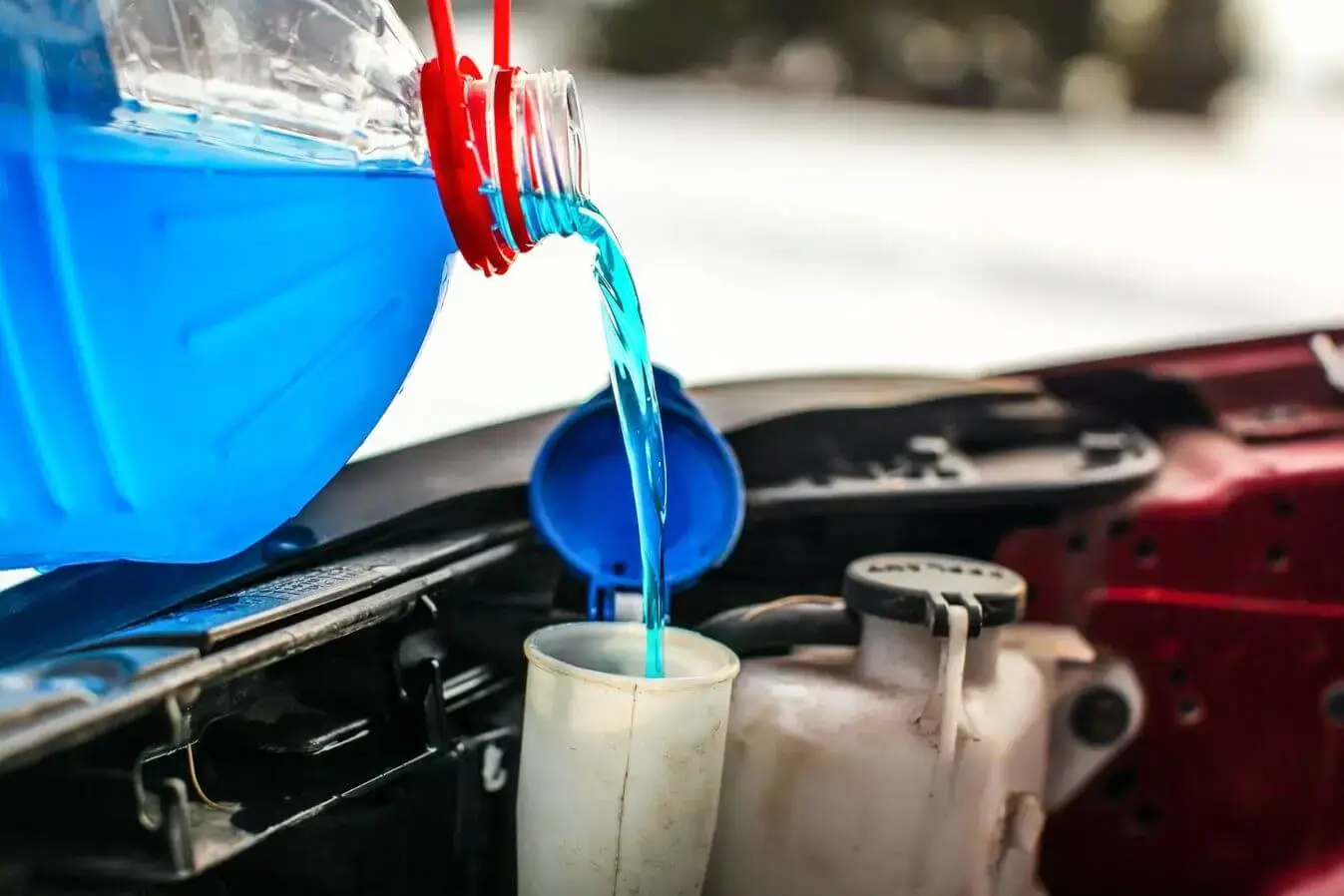Mixtures are an integral part of our daily lives. They are combinations of different substances that are not chemically bonded together but coexist in a single phase. Homogeneous mixtures exhibit a uniform composition throughout the mixture.
In this article, we will explore 6 fascinating examples of homogeneous mixtures that we encounter in our everyday routines. In fact, understanding these examples can provide insights into the chemistry behind our daily life experiences.
Homogeneous Mixture Examples: Understanding Chemistry’s Basics
- Tea
- Air
- Vinegar
- Softdrink
- Shampoo
- Antifreeze
Tea
Tea is often considered a homogeneous mixture because it consists of multiple substances (solutes) dissolved in a solvent (usually water) in such a way that the composition is uniform throughout the entire mixture. When you prepare tea, you mix tea leaves or a tea bag with hot water.
The soluble compounds from the tea leaves (such as caffeine, polyphenols, and flavor compounds) dissolve in the water. Since these substances are evenly distributed throughout the liquid, you have a uniform composition throughout the tea.
This is why a cup of tea appears visually uniform, with no visible separation or settling of the tea solutes. Not to mention, the properties of tea, such as taste, color, and aroma, are also consistent throughout the liquid. You can take a sip from any part of the cup. It will taste the same, demonstrating the uniform distribution of solutes.
Air
Air is an excellent example of a homogeneous mixture, often referred to as a gaseous solution. It consists of various gases, primarily nitrogen (about 78%), oxygen (about 21%), and trace amounts of other gases like carbon dioxide, argon, and water vapor. These gases are mixed together in such a way that their composition is consistent throughout any given volume of air.
Air is invisible to the naked eye, and there are no visible boundaries or separations between its components. When you look at a volume of air, it appears as a single, continuous substance. It’s a single-phase mixture, meaning that there are no distinct layers or phases within it.
All the gases in the atmosphere are thoroughly mixed together, creating a uniform distribution of molecules. In addition, the properties of air, such as temperature, pressure, and gas concentrations, are uniform at a given location and altitude in the atmosphere.
Vinegar
Vinegar is primarily composed of acetic acid dissolved in water, along with small amounts of other compounds like flavorings and trace minerals. So when vinegar is properly prepared, these components are mixed together in such a way that the composition is consistent throughout the entire liquid.
Vinegar is a clear liquid, and there are no visible particles or separations within it. That is why when you look at a container of vinegar, it appears visually uniform. Since vinegar is a single-phase liquid mixture, there are no distinct layers or phases within it. The acetic acid and water molecules are thoroughly mixed, creating a uniform distribution.
Not to mention, the properties of vinegar, such as acidity and taste, are consistent throughout the liquid. If you were to sample vinegar from different parts of the container, it would taste and behave the same, demonstrating the uniform distribution of solutes, hence a homogeneous solution.
Soft Drink
Soft drinks like cola or lemon-lime soda are homogeneous mixtures. They consist of carbonated water, sweeteners, flavorings, and preservatives, all blended uniformly to provide a consistent taste. These components are carefully mixed during the manufacturing process to ensure a consistent composition throughout the entire beverage.
And since they are clear liquids, when you look at a glass or bottle of soda, there are no visible particles or separations within it. It appears visually uniform. Soft drinks are also single-phase mixtures, meaning that there are no distinct layers or phases within the liquid. All the ingredients are well-mixed, creating a uniform solution.
The properties of soft drinks, such as taste, carbonation, and sweetness, are uniform throughout the liquid. If you were to sample the soft drink from different parts of the container, it would taste and behave the same, demonstrating the uniform distribution of solutes.
Shampoo
Shampoo is formulated by blending specific quantities of ingredients like water, detergents (surfactants), conditioning agents, fragrances, and other additives. The manufacturing process ensures that these components are mixed thoroughly to create a consistent composition throughout the entire shampoo product.
Most shampoos are clear or translucent liquids. So when you look at a bottle or a handful of shampoo, there are no visible particles or separations within it. It appears visually uniform.
Like all the other homogeneous mixtures, shampoo is also a single-phase mixture. Meaning there are no distinct layers or phases within the liquid. All the ingredients are evenly dispersed, creating a uniform solution.
Antifreeze
Last but not least one on my list of 6 homogeneous mixture examples in daily life is antifreeze. It consists of a mixture of chemicals, primarily ethylene glycol or propylene glycol, along with water and various additives to improve its performance. These components are carefully blended during manufacturing to ensure a consistent composition throughout the entire antifreeze solution.
While there may be variations in the formulations of different types of antifreeze (e.g., ethylene glycol-based vs. propylene glycol-based), they are typically homogeneous mixtures, ensuring consistent and effective performance in automotive cooling systems.
Some Other Homogeneous Mixture Examples in Daily Life
Apart from the above-mentioned ones, I am also mentioning a few here.
- Water
- Steel
- Detergent
- Honey
- Mouthwash
- Saltwater mixture, etc.
That’s it for this post. If you like this article, share it if you like, like it if you share it. You can also find us on Mix, Twitter, Pinterest, and Facebook. Hey man, If you have come this far, do give us feedback in the comment section. It would make my day. You can also make a donation. Your donations will help us to run our website and serve you BETTER. Cheers!!!

